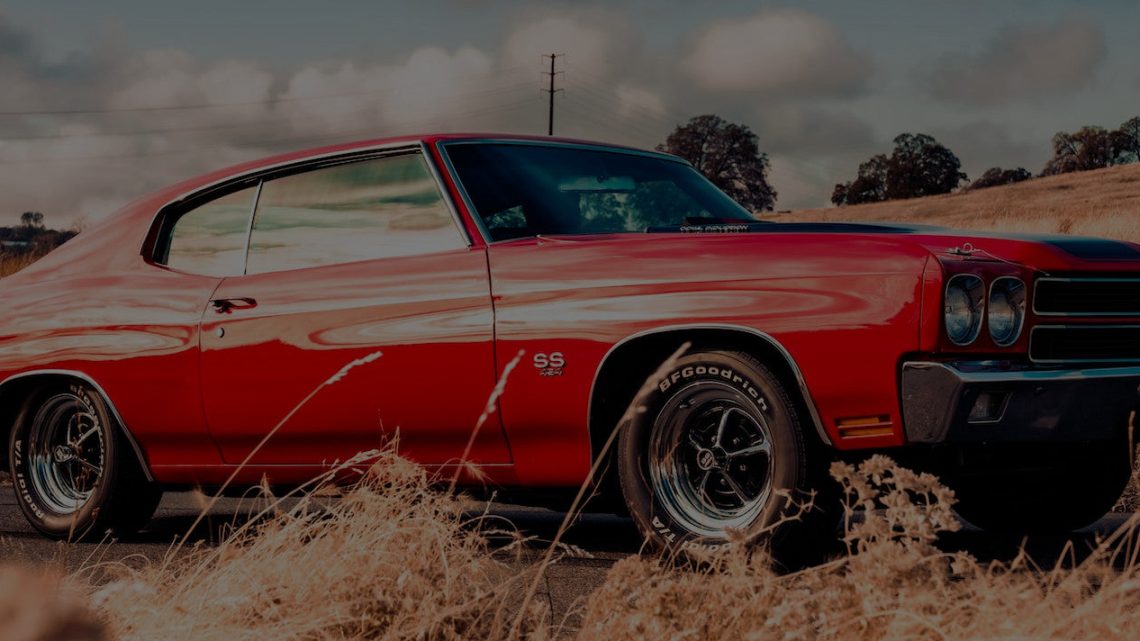
Retrofitting Classic Cars: Giving Your Old Beauty a New Electric Heart
September 29, 2025The soul of a classic car isn’t found in its fuel tank. It’s in the curve of its fenders, the smell of its leather, the way it turns heads on a sunny afternoon. But let’s be honest, the original heart—that gas-guzzling, oil-leaking, sometimes-temperamental engine—can be a real pain. What if you could keep everything you love about your classic while swapping the headache for silent, instant, electric power?
That’s the promise of an electric vehicle (EV) conversion. It’s not about erasing history. It’s about writing a new, electrifying chapter.
Why Go Electric? Beyond Just Zero Emissions
Sure, the environmental cred is a huge draw. But the benefits of a classic car EV conversion go way deeper than just feeling good at the plug.
Imagine instant torque the moment you touch the pedal. No more waiting for carburetors to catch up. It’s a responsiveness that transforms the driving experience entirely. Then there’s the reliability. You’re swapping out hundreds of moving parts for a system with just a handful. No more spark plugs, fuel pumps, or complex transmissions to worry about.
And the maintenance? It plummets. Say goodbye to oil changes, coolant flushes, and exhaust system repairs. The driving experience becomes… serene. It’s just you, the road, and the whisper of the wind. It’s a bizarre and wonderful contrast—the timeless visual of a 60s cruiser with the space-age quiet of a modern EV.
The Nuts and Bolts: What an EV Conversion Actually Entails
So, what are you really getting into? A conversion is a major surgery, no doubt. But understanding the process demystifies it. Here’s a high-level look at the key components.
The Core Components of a Swap
Every conversion needs a new “organs” to function.
- Electric Motor: This is your new engine. You can choose between AC motors (more efficient, higher performance) and DC motors (simpler, often cheaper).
- Battery Pack: The fuel tank. This is the single most expensive and heaviest part. Modern lithium-ion packs offer the best range and weight, but older lead-acid or NiMH are options for tighter budgets.
- Controller: The brain. It takes your input from the accelerator pedal and precisely controls the power sent to the motor.
- Charger & DC-DC Converter: The support system. The charger refills your battery from a wall outlet, while the DC-DC converter replaces the alternator, powering the classic’s original 12V system for lights and radio.
The Conversion Process: A Step-by-Step Overview
Here’s a typical flow, though every project is its own unique puzzle.
- Deconstruction: The old engine, transmission, fuel tank, and exhaust system are carefully removed.
- Assessment & Planning: This is where the real engineering begins. Figuring out where the heavy battery packs will go for optimal weight distribution is critical.
- Fabrication & Mounting: Custom motor mounts and battery boxes are fabricated and installed. This requires serious metalworking skill.
- Electrical Integration: The high-voltage system is wired, along with the controller and charger. The 12V system is adapted to work with the new DC-DC converter.
- Testing & Refinement: This isn’t a “turn the key and hope” situation. Meticulous testing of all systems, especially safety cut-offs, is done before the car ever moves.
The Real Talk: Challenges and Considerations
It’s not all smooth, silent cruising. You need to go in with your eyes wide open.
Cost. This is the big one. A professional conversion can easily run from $30,000 to over $100,000 on top of the car’s purchase price. Even a DIY project is a major financial undertaking, with battery packs alone costing thousands.
Range Anxiety is Real. Unlike a modern Tesla, your retrofitted classic will have limited space for batteries. Achieving a 150-mile range is often a great success, but it requires careful planning and investment.
Weight Distribution. Batteries are heavy. Placing them all in the engine bay ruins handling. The best conversions distribute weight evenly, often using the space where the fuel tank was or even in a custom tunnel.
And then there’s the… soul. Purists argue you’re killing the car’s character. That the rumble and shake are part of the charm. It’s a valid perspective. But for many, the new character—a silent sleeper with blistering acceleration—is even more compelling.
Is a DIY EV Conversion Right for You?
Watching a YouTube tutorial makes it look easy. It is not. Honestly, it’s not.
This isn’t a weekend spark plug change. You’re dealing with fabrication, complex electrical systems, and, most critically, lethal high-voltage components. A mistake here isn’t a “whoops, it won’t start”; it can be fatal.
That said, if you’re an experienced hobbyist with advanced mechanical and electrical skills, it’s the project of a lifetime. For everyone else, hiring a specialist is not just easier—it’s safer. They know how to navigate the quirks of different classic car models and can ensure the final product is both safe and sublime to drive.
Classic Cars That Are Prime for Electrification
Some classics are just better candidates than others. Generally, you want a car with a simple, spacious engine bay and a robust chassis. Here are a few favorites:
| Car Model | Why It’s a Great Candidate |
| Volkswagen Beetle | The rear-engine layout and light weight make it a classic choice. The original engine… well, wasn’t powerful to begin with. |
| Porsche 911 (air-cooled) | Similar to the Beetle, but with a performance heritage. An electric motor fixes the notorious rear-weight handling quirk. |
| Ford Mustang (early) | A huge engine bay, simple frame, and a culture of modification make it a relatively straightforward project. |
| British Roadsters (MG, Triumph) | Lightweight and fun, but notoriously unreliable. An EV swap gives you the top-down joy without the roadside breakdowns. |
| Volvo Amazon/P1800 | Boxy, strong, and with plenty of room. Their tank-like build quality handles the new weight beautifully. |
The Future is a Beautiful Paradox
Retrofitting a classic car with an electric powertrain is a paradox. It’s about preserving the past by embracing the future. It’s taking a machine defined by its noise and transforming it through silence.
This isn’t a trend for everyone. And that’s okay. But for those who see it not as a desecration but as an evolution, the result is magical. You get the aesthetic that stops traffic combined with the performance and reliability that lets you actually, you know, drive the thing. Cross-country? Maybe not. But for Sunday drives and local shows, it’s pure, unadulterated joy.
In the end, you’re not just saving a car from the scrapyard. You’re giving it a new lease on life—one that’s cleaner, quicker, and arguably, even more full of character than before.





